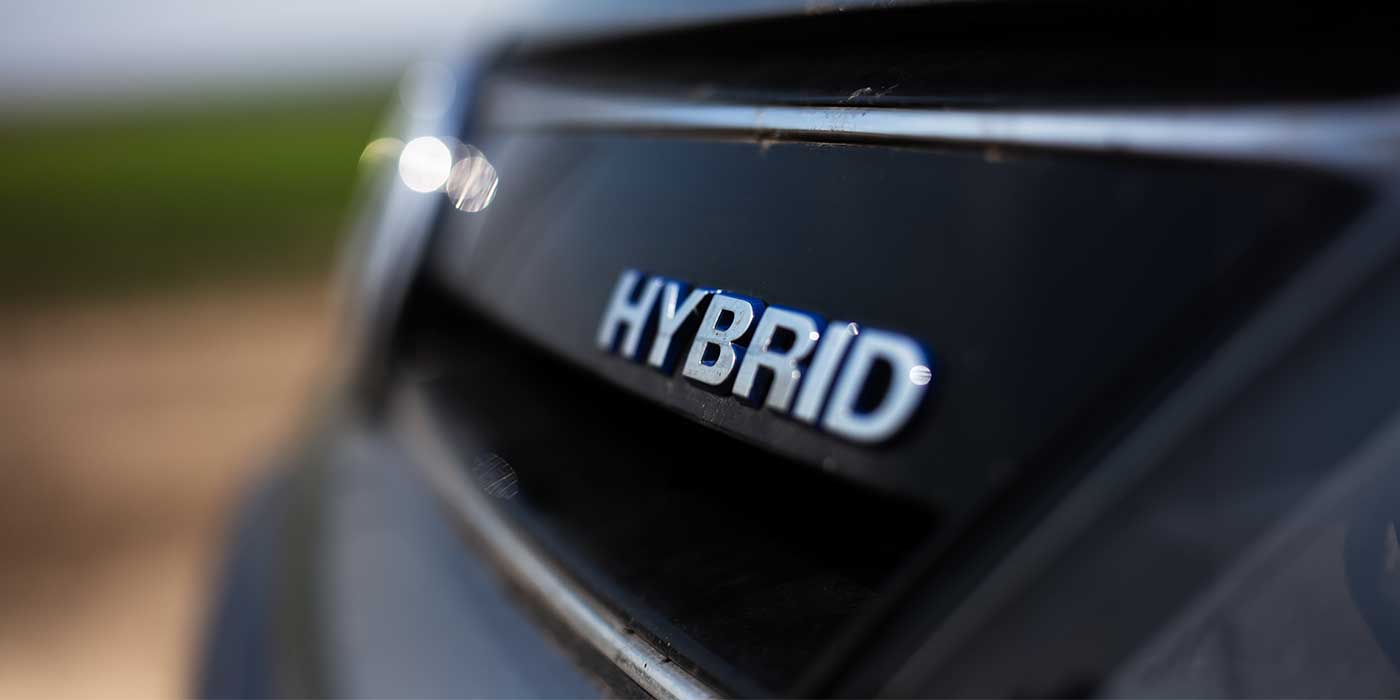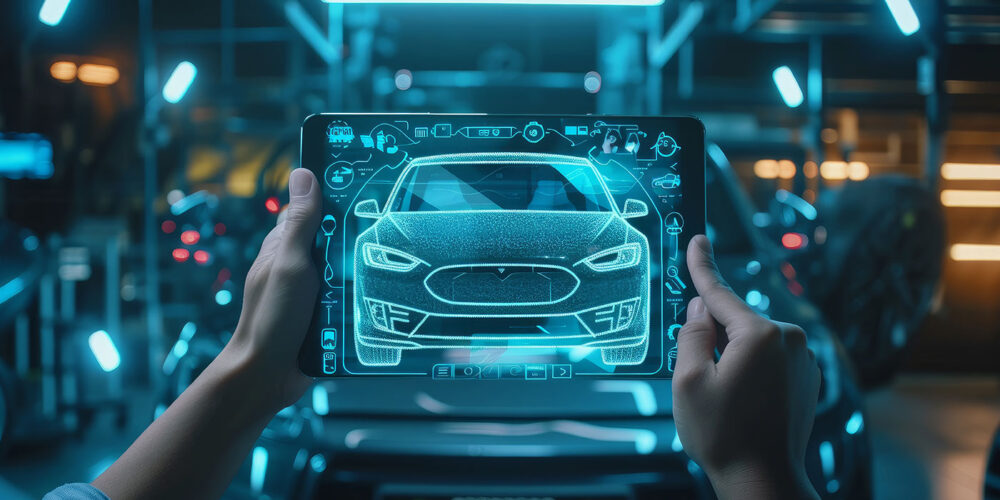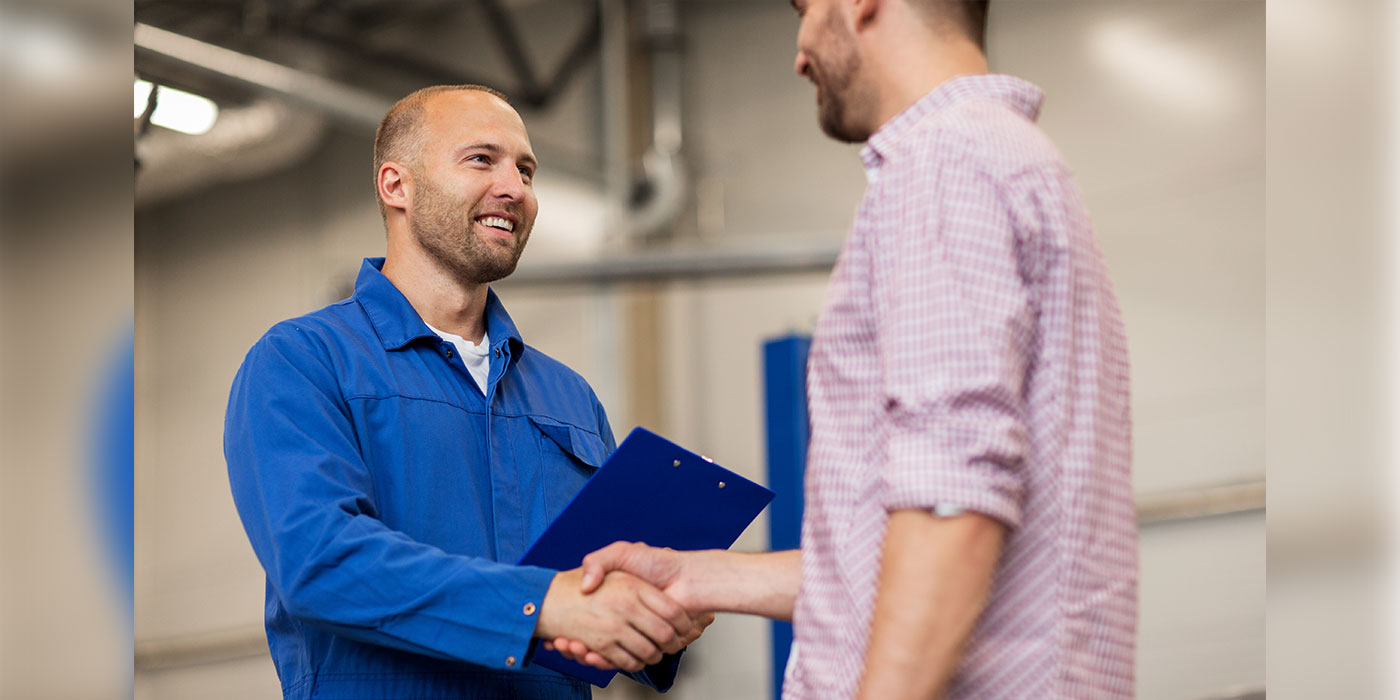By Tim Yalich, the head of auto strategy for Wolters Kluwer.
Make no mistake, while franchise auto dealers continue to grab most headlines addressing rapidly changing and consumer-facing digital retailing experiences, independent and used dealers (including those known for Buy-Here-Pay-Here financing) remain a constant pillar of the industry serving customers who are focused on used vehicles, or those with less-than-stellar credit or budget.
What’s unique about many of these independent and BHPH dealers is that they serve as both the car dealership and a finance provider. Many of these outfits maintain a line of credit from a warehouse lender so that it can offer on-the-spot loans to car shoppers who might have been turned down from traditional captive or prime lending institutions.
The strategy has continued to prove successful: Approximately 39.9% of used vehicle loans are accounted for by BHPH dealers, according to a report from Experian Automotive.
These companies have also been effective in securitizing loans for sale into the secondary market. In the past, their securitization efforts involved a significant amount of physical paperwork – pallets of loan documents it had to manually gather and physically ship to a purchasing lender. However, with drastically changing industry best practices centered around faster transaction times, a more digital transaction process and increasing regulatory compliance requirements, these dealers must find a way to move from paper-based processes to a more digitized one in their back office.
Subprime Lenders & Independent/Used Dealers Must Leave the Paper World
Many subprime lenders and independent/used dealers today hold paper documents in a secure area in a physical building. Then, before any initial securitization, the dealer must ship pallets of files to the lender and wait for them to make all inputs before the dealer can close on the securitization. Once that custodial relationship is established, the dealer would ship on a regular schedule, but there remains a lot of paper being shipped, which adds time to the check-in process.
Consider that there is a lot happening in the timeline to complete a securitization. With a paper-based process, independent and used dealers need to get their files to the party of interest well ahead of closing, and that can be severely problematic when their process today must move at a more expedited pace.
Today’s fast-paced multi-channel origination entails tracking, auditing and analysis tasks across a host of digital and analog locations, which could then create operational and business bottlenecks for warehouse lending partners and negatively impact transfer and securitization for secondary market delivery.
In addition to the these needs from the dealer, subprime auto finance providers are finding themselves increasingly in need of new, sophisticated and agile technology systems that enable e-Contracting and post-transaction asset management across an ever-growing array of channels.
Today’s New Digital Ecosystems Designed for Independents
To overcome these challenges, subprime lenders, third-party providers and independent and used dealers are leveraging digital ecosystems that are purpose-built to handle the auto finance industry’s origination channel diversity, eliminating the complexities around managing various multi-channel assets post-execution and drastically reducing time and operational costs.
This process allows for improved visibility of assets, quick expansion of the investor and lender pool, agility and the ability to scale quickly and dynamically.
It also provides the assurance of legal and regulatory compliance, enabling lenders to securely manage digital assets throughout their entire post-execution lifecycle through an electronic collateral control agreement (ECCA).
This advanced process will offer centralized data management across an entire portfolio, allowing automotive professionals to view metadata across various origination channels and asset classes.
What’s more, it will help to control and track access, manage status changes and transfer control of digital documents while utilizing sophisticated granular controls and permissions to allow for departmental separation and visibility. All of this will result in improved speed and process efficiency, and for lenders particularly, it will free up capital through syndication, sale or securitization.
Subprime, independent and used dealers continue to serve a vitally important role in today’s automotive ecosystems. With this convergence of back-office processes from paper to digital, they will take their next step into tomorrow and solidify what should remain a promising future of profitable growth and service to their local communities.
1: Auto Finance Insights, State of the Automotive Finance Market Q4 2021; Experian














